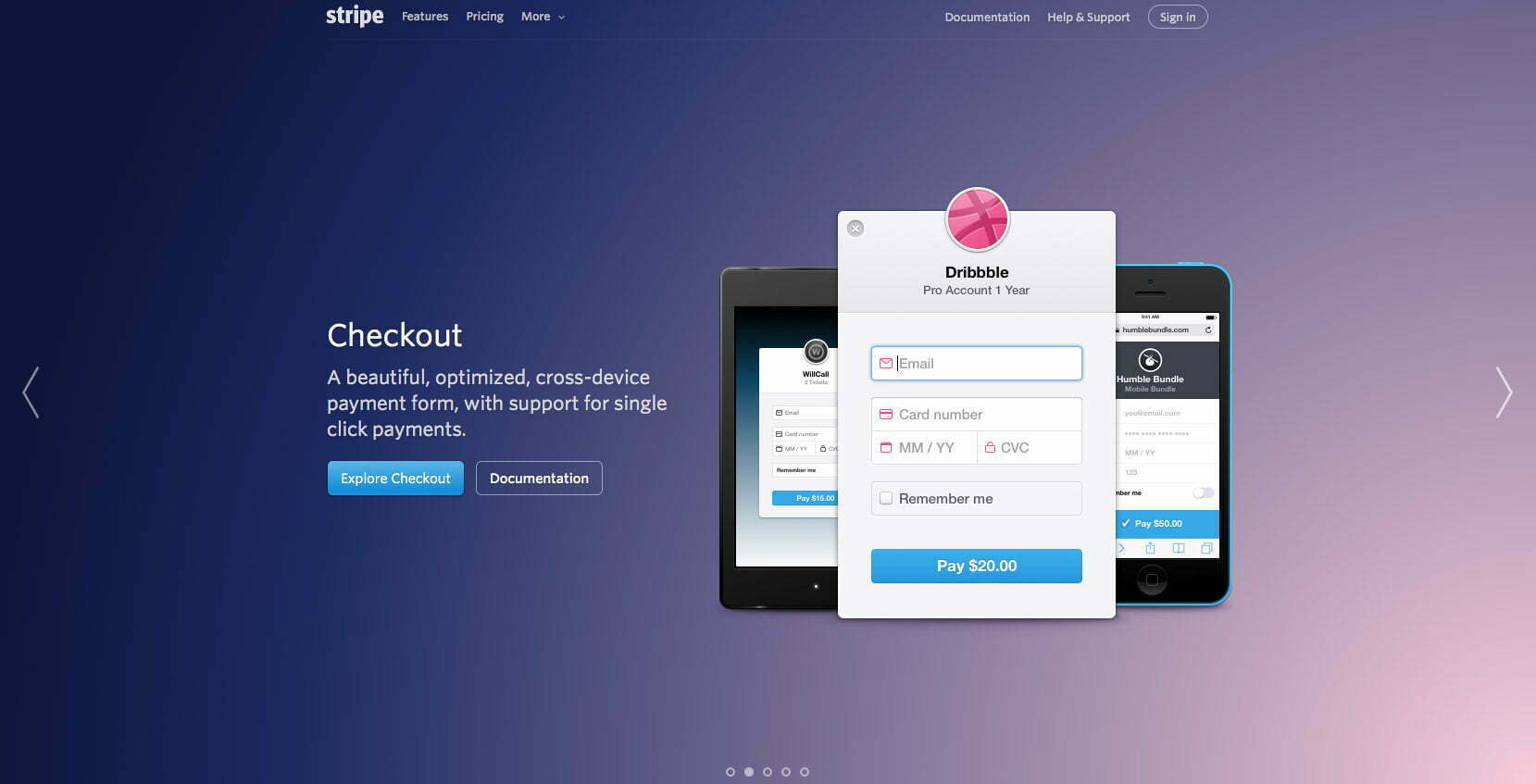Is Monitoring the Dark Web the Best Way to Slow Down Cybercrime?
Share

Cybercrime starts offevolved and ends with stolen information.
According to ITProPortal, the cybercrime financial system will be larger than that of Apple, Google, and Facebook. The industry has matured into a prepared market that is probably more profitable than the drug change.
Criminals use revolutionary and latest gear to steal information from large and small businesses. They either use the information themselves or, most commonly, promote it to other criminals through the Dark Web.
Small and mid-sized companies have become the target of cybercrime and records breaches because they do not have the interest, time, or cash to set up defenses against an attack. Many accounts keep Personal Identifying Information (PII) or sensible belongings that could include patents, studies, and unpublished digital property. Other small companies’ paintings without delay with large organizations might serve as a portal of access, much like the HVAC agency became inside the Target information breach.
Some of the brightest minds have advanced creative approaches to saving your precious and personal statistics from being stolen. These statistics security packages are, for the maximum component, protective. They positioned up a wall of protection to keep malware out and keep the finsideideafe at ease.
Sophisticated hackers discover and use the business enterprise’s weakest hyperlinks to install an assault
Unfortunately, even the quality shielding packages have holes in their safety. Here are the challenges each employer faces in keeping with a Verizon Data Breach Investigation Report in 2013:
76 percent of community intrusions explore weak or stolen credentials
seventy-three percent of online banking users reuse their passwords for non-monetary websites
80 percent of breaches that involved hackers used stolen credentials
Symantec, in 2014, estimated that forty-five percent of all assaults are detected via conventional anti-virus, which means that fifty-five percent of assaults go undetected. The result is anti-virus software and protection safety programs can’t be maintained. The horrific guys may want to already be within the organization’s walls.
Small and mid-sized companies can suffer greatly from an information breach. Sixty percent of enterprises exit within a year of records breach, which aligns with the National Cyber Security Alliance 2013.
What can an agency do to guard itself against a records breach?
For many years, I have recommended implementing “Best Practices” to protect private identifying information in the business. Each commercial enterprise must implement basic practices to meet the requirements of federal, country, and enterprise policies and rules. Sadly, very few small and mid-sized companies meet these requirements.
The second step is something new that most businesses and their techs haven’t heard of or implemented into their safety programs. It involves monitoring the Dark Web.
The Dark Web holds the secret to slowing down cybercrime.
Cybercriminals overtly change stolen information on the Dark Web. It holds a wealth of data that might negatively affect a group’s contemporary and prospective customers. This is when criminals move to buy, sell, and exchange stolen records. It is easy for fraudsters to get admission to stolen information they need to infiltrate businesses and conduct nefarious affairs. An unmarried facts breach should put an enterprise out of an enterprise.








